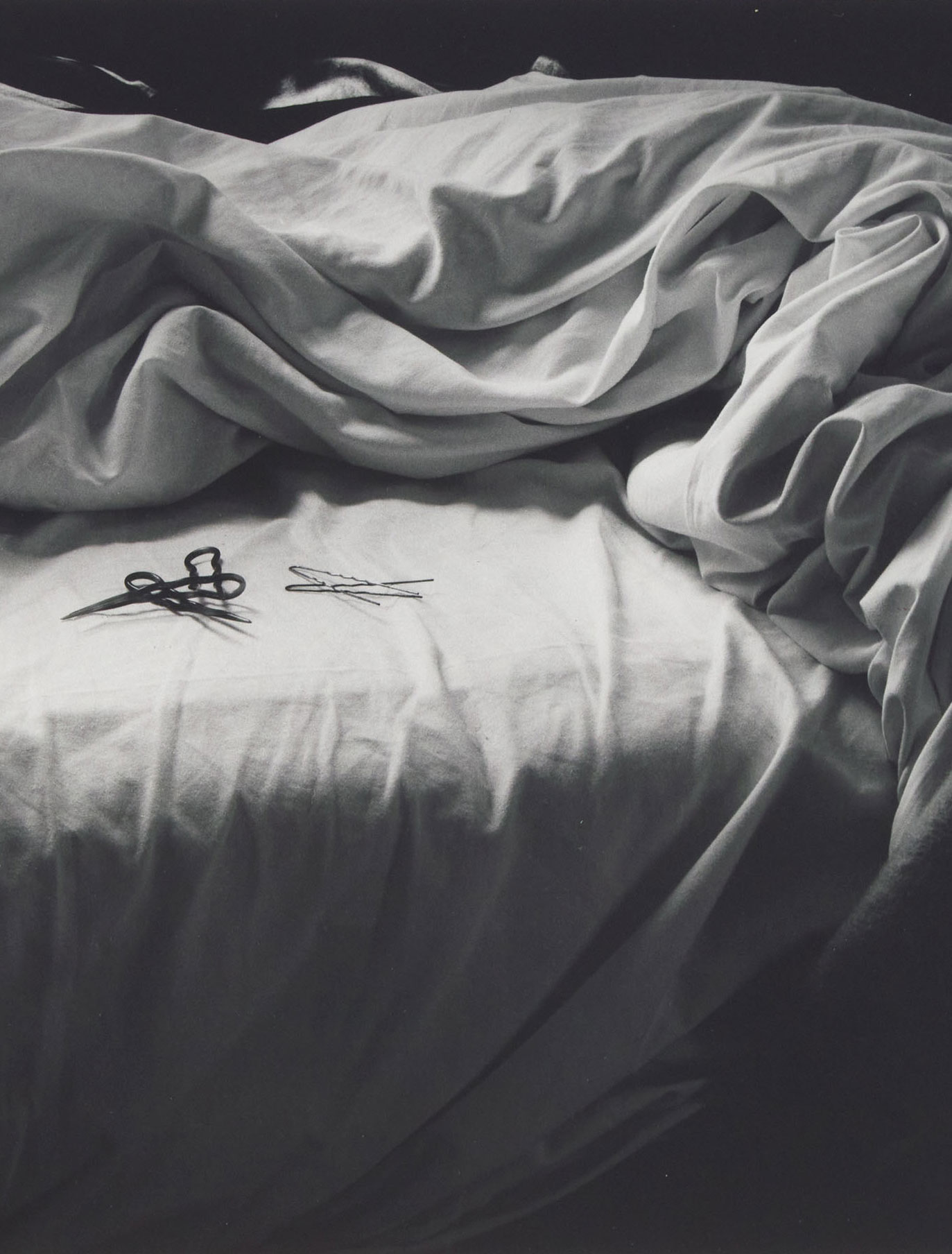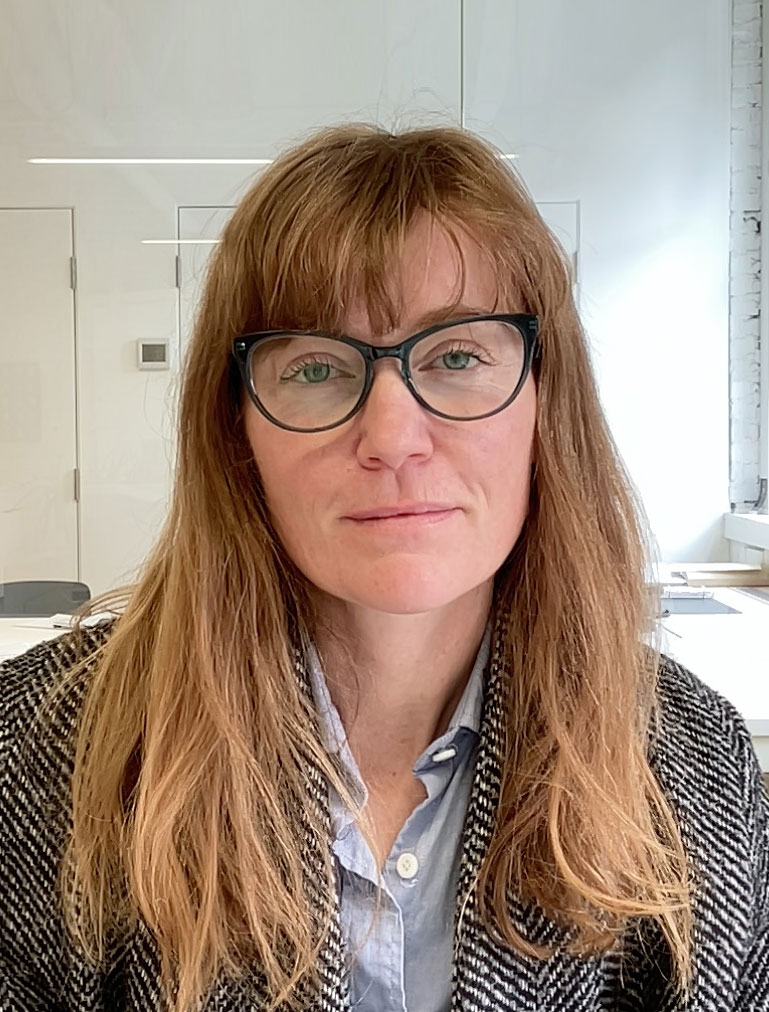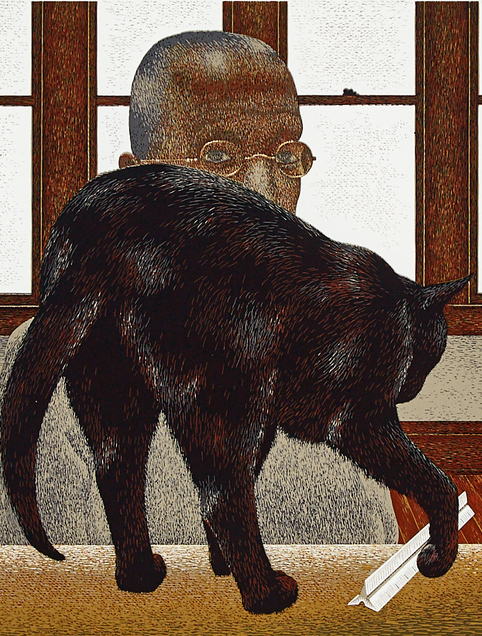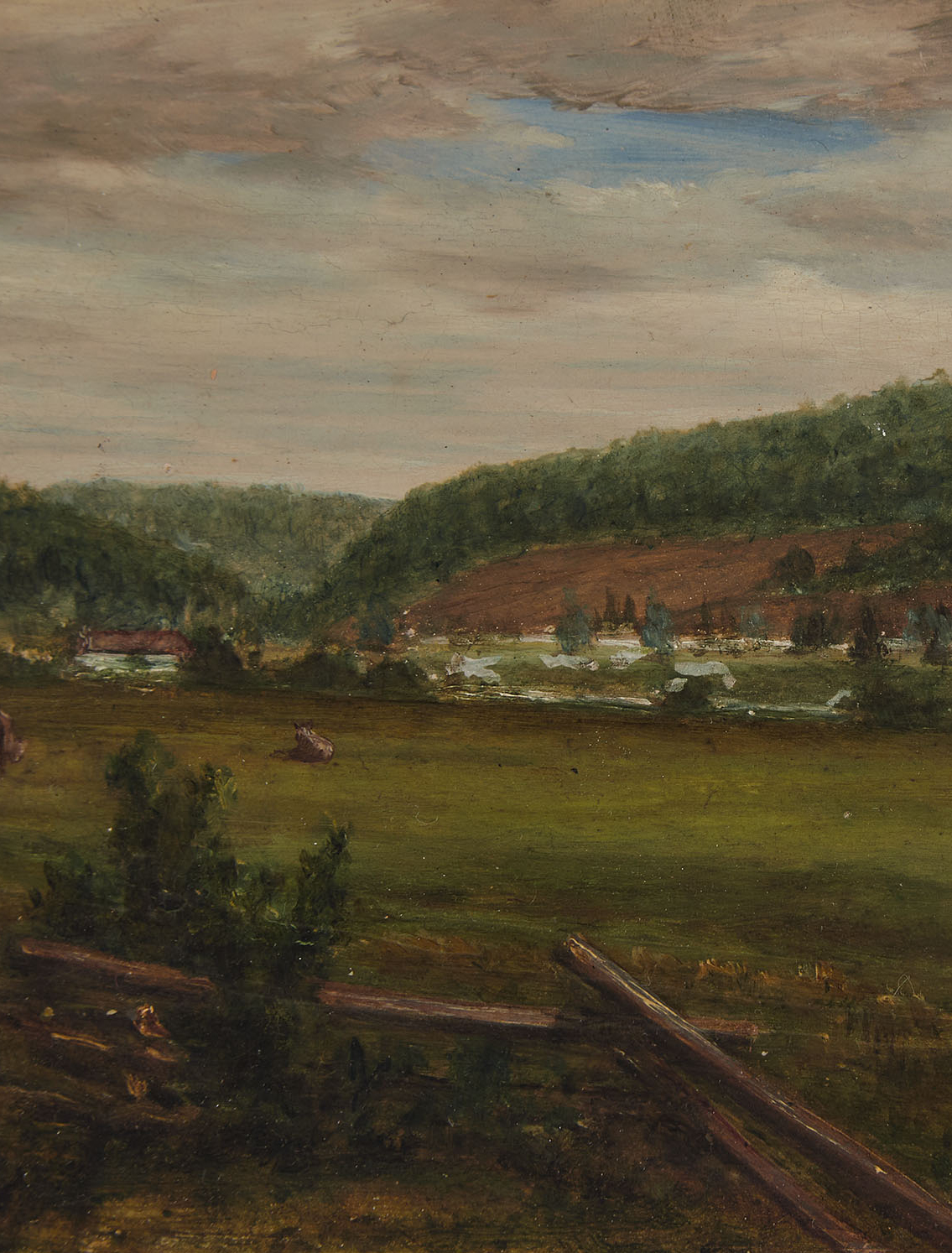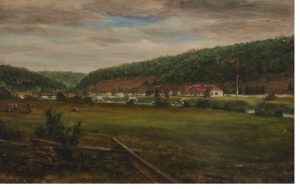
Waddington’s is pleased to offer two paintings by Sir William Cornelius Van Horne which depict fish camps owned by early Canadian titans of industry. Both come to us from the collection of Sir Christopher and Lady Ondaatje, and are included in our major auction of Canadian and International Fine Art, held online from November 25-30.
In our interview with him, Sir Christopher explains that his interest in Van Horne was sparked when he was living in Montreal. Most famous for overseeing the construction of the first Canadian transcontinental railway, Van Horne was also a sophisticated painter and an avid collector. Van Horne’s mansion is situated at the foot of Stanley Street in Montreal’s Golden Square Mile, which was just down the road from 3489 Stanley Street, where the Ondaatjes lived when they were first married in 1960. As Sir Christopher remembers, “my wife and I used to stand on a wall next to his house and try to catch glimpses of his collection. He was one of my heroes.”
FISHING CAMP, LES FOURCHES, MATAPEDIA AND CAUSAPSCAL, NEW BRUNSWICK, 1889
George Stephen, 1st Baron Mount Stephen (1829 – 1921) was a Canadian businessman and the first president of the Canadian Pacific Railway. Stephen was tasked with raising the enormous sum of $100 million required to finance the project. Despite his humble beginnings, he became the richest man in Canada, as well as a noted philanthropist.
Stephen’s great passion in life was salmon fishing. In 1873, he purchased a property at the confluence of the Matapédia and Cascapédia rivers, a junction known as Les Fourches (the forks). The Matapédia is known as one of the great salmon rivers in the world, and once it became accessible courtesy of the railroad, it attracted fishermen from around the world.
A great pioneer and promoter of sport fishing in the Gaspé region, Stephen would visit this fish camp often before relocating to a second fishing camp in Grand-Métis in 1886. Fishing camps like this one did double-duty as both a place of leisure and business. Stephen kept a log of his visitors, which included financiers, nobility, politicians, lawyers, and fellow members of the CPR, including William Van Horne.
Van Horne, while most famous for his role in building Canada’s transcontinental railway, was also a sophisticated artist who most likely painted this work while holidaying with Stephen.
In the early 20th century, a group of businessmen bought the estate, and renamed it the Matamajaw Salmon Club. Today it is a heritage site open to the public.
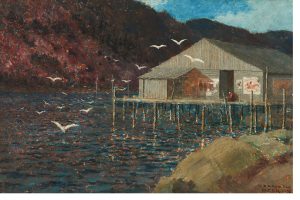
FISHING CAMP, 1899
As with “Les Fourches,” this painting depicts a fishing camp, though painted ten years later. These spaces did double-duty as both a place of leisure and business for the railway barons and their associates. Van Horne, while most famous for his role in building the railway, was also a sophisticated artist who most likely painted this work while visiting with Robert Gillespie Reid, to whom this painting is dedicated, in Newfoundland.
Born in Scotland, Robert Gillespie Reid (1842-1908) apprenticed as a stonemason in his home village before emigrating to Australia to seek his fortune in the goldfields. A future in gold mining was not to be, and Reid instead found work building stone viaducts to support a railway through the Blue Mountains of New South Wales. In 1869, his family returned to Scotland. By 1871, Reid moved to Canada. Reid worked as a stonemason in Ontario, before moving to California to work as a contractor and engineer. There he would solidify his reputation as a contractor and skilled builder, particularly with difficult bridge projects. Reid was recruited to work on the Canadian Pacific Railway, and would successfully bid on contracts to build various legs of the project, which secured his fortune. He was instrumental in building the railway across Newfoundland, for which he is chiefly known. From 1889 until his death, Reid would build, own and operate the Newfoundland Railway. He would also become the owner of huge tracts of land in the province. Though based in Montreal, Reid was known to winter in California and summer in Newfoundland.
ABOUT THE AUCTION:
Waddington’s is pleased to present our major Canadian and International Fine Art auction, online from November 25-30.
This major auction features the Collection of Sir Christopher and Lady Ondaatje, which includes work by Cornelius Krieghoff, Frederick Verner and Sir William Cornelius Van Horne. Another key collection is that of Murdoch and Joyce Putnam, featuring paintings by A.Y. Jackson, A.J. Casson and Edwin Holgate. Other notable names include Max Liebermann, E.J. Hughes, William Perehudoff, Takao Tanabe, Jean McEwen, Edward Burtynsky and Jean-Michel Basquiat.
Please contact us for more information.
On view at our Toronto galleries, 275 King St. E, Second Floor:
Saturday, November 25 from 12 noon to 4:00 pm
Sunday, November 26 from 12 noon to 4:00 pm
Monday, November 27 from 10 am to 7:00 pm
Tuesday, November 28 from 10 am to 7:00 pm
Or by appointment.
Related News
Meet the Specialists

Liz Edwards
Director, Canadian Fine Art

Gregory Humeniuk
Senior Specialist

Kendra Popelas
Consignment Specialist



